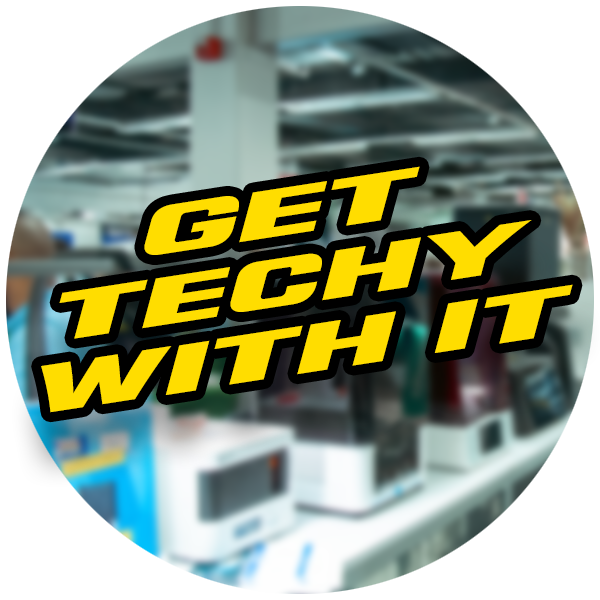
Get Techy With It! Work Smarter, Not Harder in CAD: Leveraging Workflow Tools and AI to Speed Up Design Without Sacrificing Quality
Matthew Viens
Time is everything. Whenever we can reduce the amount of time spent on a particular process, we look to do so to increase efficiency without hindering the quality of the results. What if we told you that we could also apply this principle to the CAD design phase of production?
While it’s tempting to spend extra time tweaking every contact, cusp, and contour, the truth is that overdesigning can slow down your workflow without significantly improving the final product. After all, no restoration is produced without needing refinement in post-processing. So, instead of striving for a “perfect” design in CAD, we should aim for one that is clinically sound and production ready, letting the finishing process handle the rest. Better yet, let smart workflow tools and AI do more of the heavy lifting.
CAD softwares have an abundance of design tools aimed at manipulating the 3D objects to whatever desired outcome that you could imagine. Learning how to utilize these tools in the correct fashion will help to improve the overall design process and speed. The default tools gradually step down from a general position and scale change, to part/feature transformations, down to finite and detailed adaptations. But alongside these tools are often overlooked features that we could use to our advantage, like the mirror and copy tools. When working on symmetrical arches or multi-unit cases, mirroring anatomy or duplicating similar restorations can greatly reduce the redundancy and speed up larger cases.
We sometimes spend too much time on the adding, subtracting, and smoothing tools. It’s easy to get lost in polishing every margin or line angle, but this work can be easily wiped out during the post-processing stage – especially when a sprue or support is added right on the area that we just worked so hard to get right. Instead, we should focus on creating an accurate, functional design that leaves the fine-tuning for post-processing. The mindset shift is key: designing a product that looks perfect on screen, is not going to look perfect straight out of the mill or printer. There are inevitably going to be hands that need to sculpt it back to perfection, so producing a design that is clinically acceptable, easily manufactured, and modifiable as needed is a lot faster to enact than a “perfect” one.
Additionally, 3Shape and Exocad include AI-driven tools that automatically suggest tooth anatomy, margin lines, and optimal contact points. These features are trained on massive datasets and can save significant time, especially on posterior cases where function matters more than artistic perfection.
Efficiency in CAD design isn’t about cutting corners, it’s about using your tools wisely and knowing where and when to stop. Let AI features support your workflow and aim for functional excellence over digital perfectionism. Your downstream team, and your turnaround times, will thank you.
—Matt V
